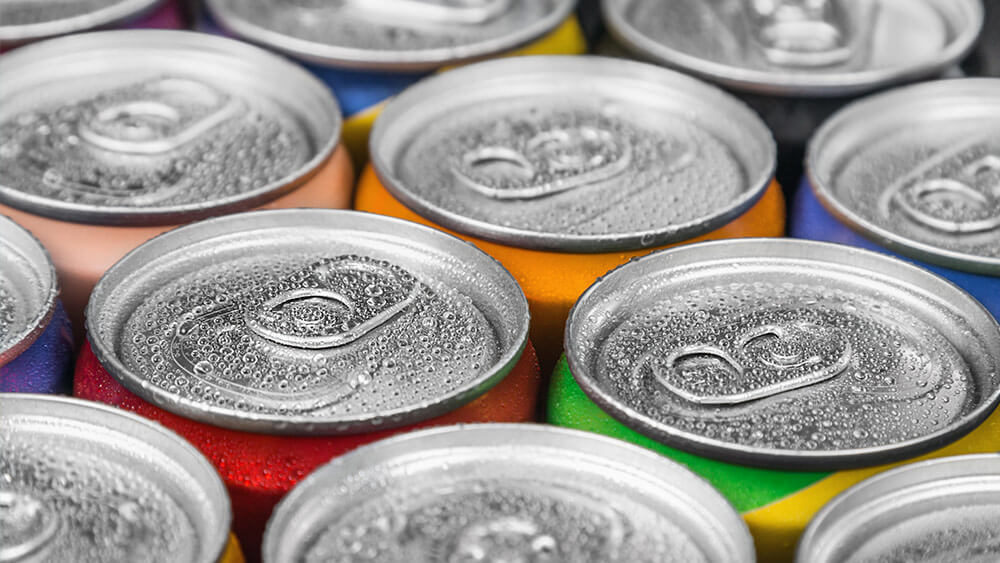This website uses cookies so that we can provide you with the best user experience possible. Cookie information is stored in your browser and performs functions such as recognising you when you return to our website and helping our team to understand which sections of the website you find most interesting and useful.
01/06/2024
How can AI benefit beverage alcohol?
IWSR looks at how AI is being used across the beverage alcohol industry
Beverage alcohol brand owners are using artificial intelligence (AI) as a research tool and an aid to new product development – but the technology has the potential to deliver additional benefits across company operations, from revenue management to production efficiency.
The use of AI within beverage alcohol is still in its infancy, and for now, the technology is mostly being used in two main areas: new product formulation, often linked to marketing activity; and driving increased efficiency across company operations.
AI meets NPD
In many cases, AI used to inform NPD and subsequent marketing campaigns. are one-off projects, such as online drinks retailer The Whisky Exchange’s use of AI to design labels for a luxury collection of 12 bottles of The Glenlivet 50-year-old single malt, sold for €40,000 a bottle to mark the distillery’s bicentenary in 2024.
Other examples include NanoFizz, a 7% ABV RTD product from Germany’s Katlenburger Winery, claimed to be Europe’s first AI-generated RTD cocktail; and two new ‘AI’ wines unveiled by Wine of Moldova at this year’s Prowein trade fair in Germany.
In both cases, product development involved a combination of machine learning and human skills: Katlenburger used AI in the naming, recipe and design of the RTD, but still required the expertise of specialist fruit winemakers to finalise the recipe.
AI was involved in every aspect of the creation of the Moldovan wines – harvesting, winemaking, blending, labelling and communication – but the physical work and the blending process were performed by people.
Some brand owners are also employing AI to drive quality improvements: Minnesota-based von Stiehl Winery used the technology to develop its AI White and AI Red wines, encouraging purchasers to give feedback and tasting notes – which will then be used to generate AI recommendations to improve the quality of the next batch of the wines.
Meanwhile, researchers at KU Leuven University in Belgium used machine learning to analyse 250 beers, alongside consumer reviews and tasting notes, to construct models predicting how beers of different compositions would taste, and how positively they would be received.
The results were used to tweak the recipes of existing commercial beers, playing up components that the data suggested were predictors of improved appreciation, such as lactic acid and glycerol – with positive results in human trials for both full-strength and no-alcohol beers.
Other businesses are embedding AI more deeply into their NPD processes. For example, Sapporo Breweries partnered with IBM Japan to establish N-Wing Star, an AI system to create new products.
It analysed about 1,200 product formulations, and 700 raw materials used in 170 existing products, to create Otoko Ume Sour Salty Plum, a 5% ABV chuhai (canned carbonated RTD cocktail) launched in Japan in 2023.
The company claimed that using AI saved time on various aspects of NPD by 50-75%, and is now fully adopting the system as a key component of its future new product development.
AI: driving efficiencies
Beyond its use in new product development, AI has the potential to improve efficiencies in numerous aspects of company operations, from production processes to back-office functions.
As many of the world’s wine regions struggle to find affordable and adequately skilled vineyard workers, companies are investigating the ways in which autonomous machines can fill some of the gaps.
AI programmes on a hand-held tablet can be used to show workers exactly where they should prune a vine without damaging it – meaning that less skilled or experienced people can take on the task.
Meanwhile AB InBev has integrated AI across many functions, including quality control – where improvements to beer filtration are claimed to have improved quality and efficiency; enhancing customer relationships via automated marketing decisions; improving agricultural practices via its Smart Barley initiative; and driving supply chain efficiencies.
In a similar vein, Heineken is increasingly using AI across its operations, including revenue management, commercial mix optimisation and sales execution.
In Mexico, AI has transformed the company’s distribution function, with 80% of orders now placed online, as well as shaping sales strategies, such as identifying which bars should be targeted for enhanced promotional activities in order to prevent customer ‘churn’ – where consumers migrate to a rival brand.
IWSR’s COO Research, Emily Neill, remarks: “While still in its early days, it’s clear that AI can be used across many areas of the business. It is important to experiment to see where the most gains will be, and then focus investment on the most successful use cases.”
The above analysis reflects IWSR data from the 2024 data release. For more in-depth data and current analysis, please get in touch.
CATEGORY: All | MARKET: All | TREND: All |





